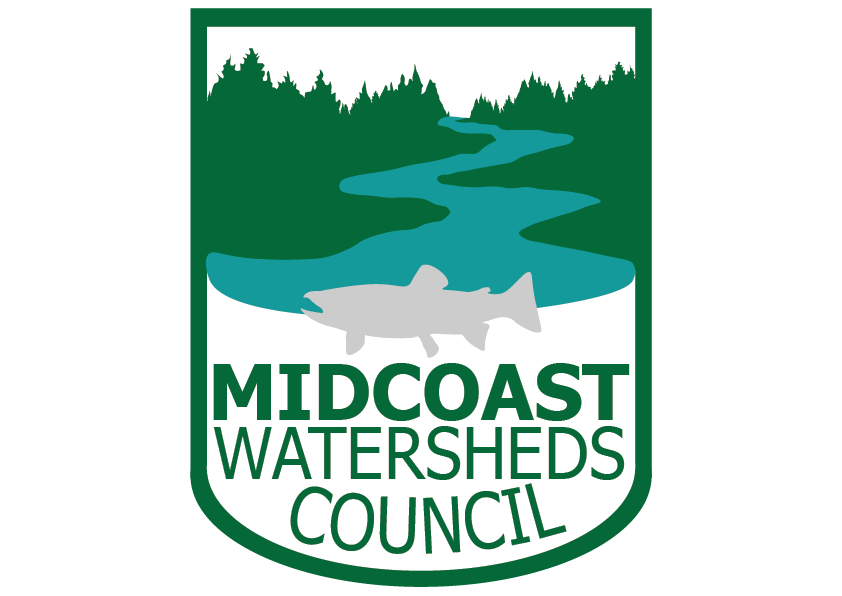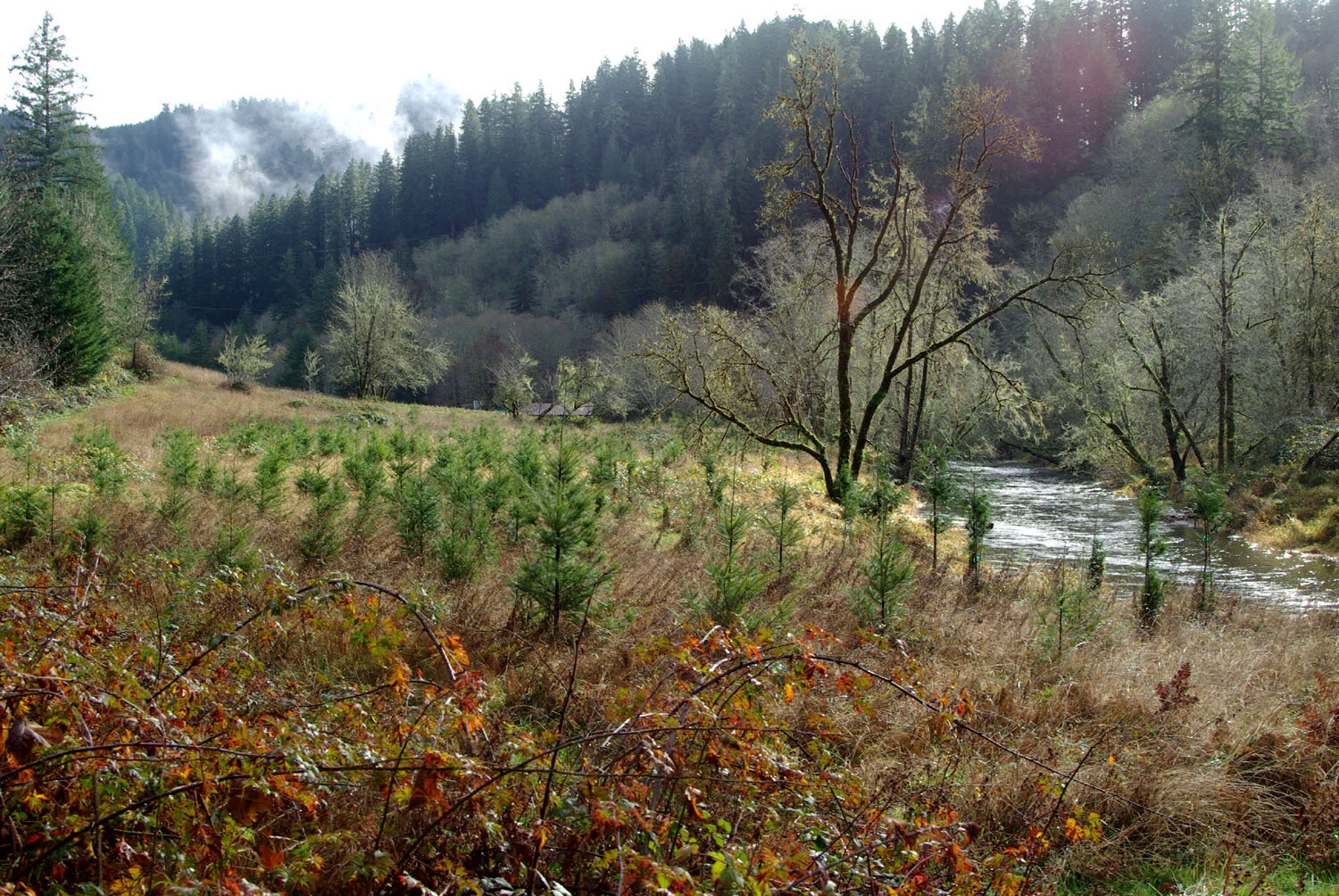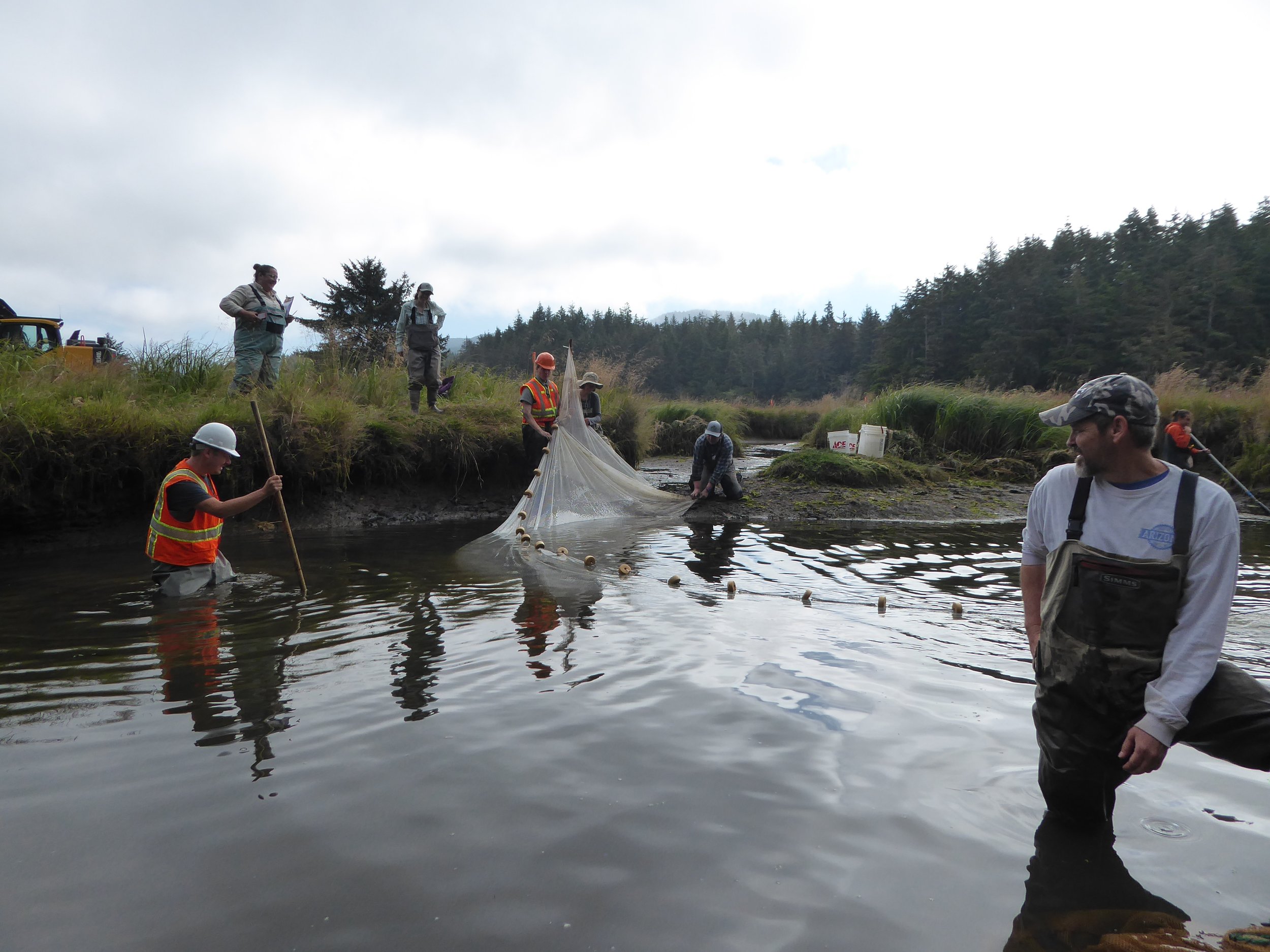Pixieland and Tamara Quays are areas where human influence has significantly altered natural ecosystem processes and vegetation. Both sites are now under ownership of the Siuslaw National Forest and have been managed with restoration as a primary goal. Years of restoration work and monitoring by the Salmon Drift Creek Watershed Council, now integrated into MCWC, and the U.S. Forest Services have removed invasive vegetation and promoted native plant growth, restored hydrology via reconnected tidal channels, and restored ecosystem processes in these historic estuary habitats.
To learn more about this series of projects, check out the project summaries below:
Project partners include USFS Siuslaw National Forest, Oregon Department of State Lands, ODOT, and USFWS.










